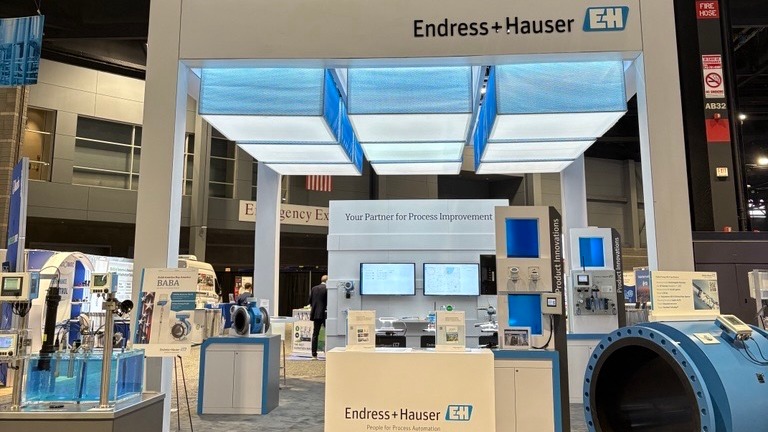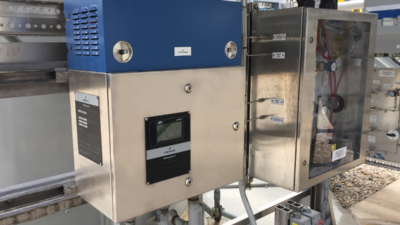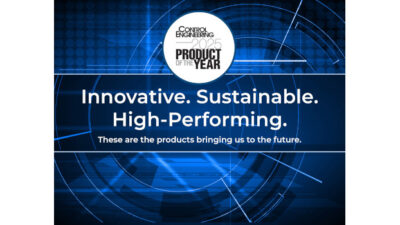Interview after Weftec provides answers about how process instrumentation and sensors help in process industries including water and wastewater.

Trends from Weftec: Instrumentation insights
- Digital devices and services for instrumentation and sensors improve process industry applications, as explained after the water/wastewater Weftec 2025 show in Chicago.
- Nick Hanson, environmental industry marketing manager at Endress+Hauser, provides answers to Control Engineering about the latest trends in process instrumentation and sensors.
- Among the latest trend in level measurement is increasing use of non-contact radar technology.

Smart instrumentation, industrial wireless and sensing technologies are making it easier to analyze and use process data. Control Engineering asked Nick Hanson, environmental industry marketing manager at Endress+Hauser about trends in process instrumentation and sensors after the Weftec show in Chicago. Hanson provided the following answers.
What problems can smart instrumentation solve in the water/wastewater industry?
Smart instrumentation can improve operational efficiency and reduce processing time by increasing data availability through the use of the latest digital devices and services.
How has device configuration and diagnostics changed for the water/wastewater industry?
Device configuration and diagnostics have been improved through simple and effective Bluetooth applications on mobile devices, along with onboard verification features that ensure instruments measure correctly. These diagnostics significantly ease maintenance.

How are flow measurement tools helping with inline liquid analysis, and why is that important for the water/wastewater industry?
Customers can utilize analysis parameters from previously unknown sources, such as conductivity measurements, in magnetic flowmeters to gain insights into process conditions. This adds measurement points where inline liquid analysis instruments may not be installed, enhancing real-time information available for efficiency and troubleshooting that may otherwise be delayed until grab samples are analyzed by lab or third-party services.
What trends in level devices are helping the water/wastewater industry?
The latest trend in level measurement is increasing use of non-contact radar technology for the most challenging applications. This includes very tight and restricted locations, such as lift stations and inside wetwells. Small tanks require small beam angles, which are supported by the latest 80 GHz radar frequency instruments. The newest level devices also utilize Bluetooth configuration and installation tools to simplify and accelerate commissioning.

Explain what technologies enable real-time water quality monitoring and advantages over water quality sampling in the water/wastewater industry?
Real-time water quality monitoring is in high demand, supported by the latest process measurement instrumentation. Most water quality parameters that must be known in water/wastewater settings can now be measured with reagent-less process probes that do not require the use and recharge of chemicals, minimizing necessary maintenance.
Mark T. Hoske is editor-in-chief, Control Engineering, WTWH Media, [email protected].
Keywords
Process sensors, process instrumentation, process industry optimization
Consider this
Are you using modern technologies to help your process sensing applications.
You also might like




